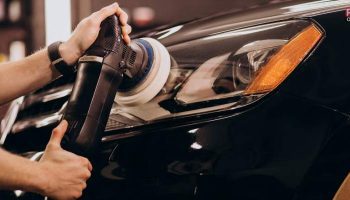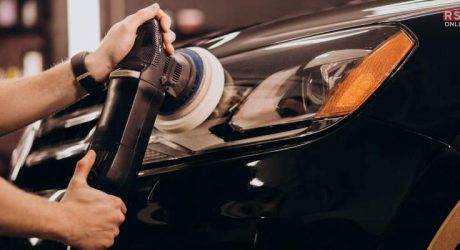Purchasing a used car often presents an attractive alternative to buying a new one, offering the potential for significant cost savings and value for money. Many consumers opt for pre-owned vehicles to avoid the steep depreciation that new cars face immediately after purchase. However, while the financial benefits are clear, buying a used car also introduces a unique set of challenges and considerations, especially regarding safety and the risk of accidents.
Unlike new cars, which come with the latest designs and safety features, used cars may have hidden issues stemming from their previous use. These can range from minor mechanical wear and tear to serious problems that could pose a risk on the road. As such, ensuring the safety and reliability of a used car becomes a paramount concern for prospective buyers.
To navigate this complex process and make an informed decision, it’s essential to approach the purchase of a used car with a well-structured plan. This involves more than just scouting for the best deal or the most appealing model. It requires a thorough evaluation of the vehicle’s condition, history, and overall safety. A comprehensive checklist is an invaluable tool in this process, guiding buyers through the key aspects to examine and questions to ask.
This checklist not only helps in assessing the current state of the car but also aids in predicting its future performance and potential costs. From checking the car’s service history to conducting a detailed physical inspection and test drive, each step is crucial in determining whether the used car is a sound investment and, more importantly, safe to drive. This careful and methodical approach is critical in turning the challenge of buying a used car into a successful and satisfying experience.
1. Research The vehicle’s History
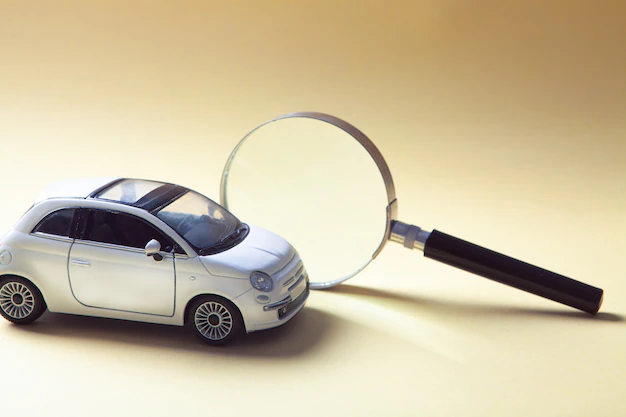
Before you even see the car in person, it’s important to do a thorough background check. Obtain the vehicle’s history report through services like CARFAX or AutoCheck using the car’s Vehicle Identification Number (VIN). This report can provide vital information about the car’s past, including car accident history, previous ownership, service points, and whether it has been in any serious incidents that could affect its safety and functionality.
2. Check For Recalls
Ensure that the car you are interested in has not been subject to any safety recalls, or if it has, that the necessary repairs have been made. The National Highway Traffic Safety Administration (NHTSA) provides a searchable database where you can find this information. Unaddressed recalls can pose significant safety risks, so it’s crucial to be aware of them before making a purchase.
3. Conduct A Thorough Visual Inspection
When you first see the car, inspect it in broad daylight and in good weather to ensure you can see it. Look for any signs of damage, such as dents, rust, or uneven paint, which could indicate past accidents or poor maintenance. Check the condition of the tires for uneven wear, as this could be a sign of alignment issues. Don’t forget to inspect the interior for any signs of wear and tear or potential safety hazards.
4. Examine The Engine And Mechanical Parts
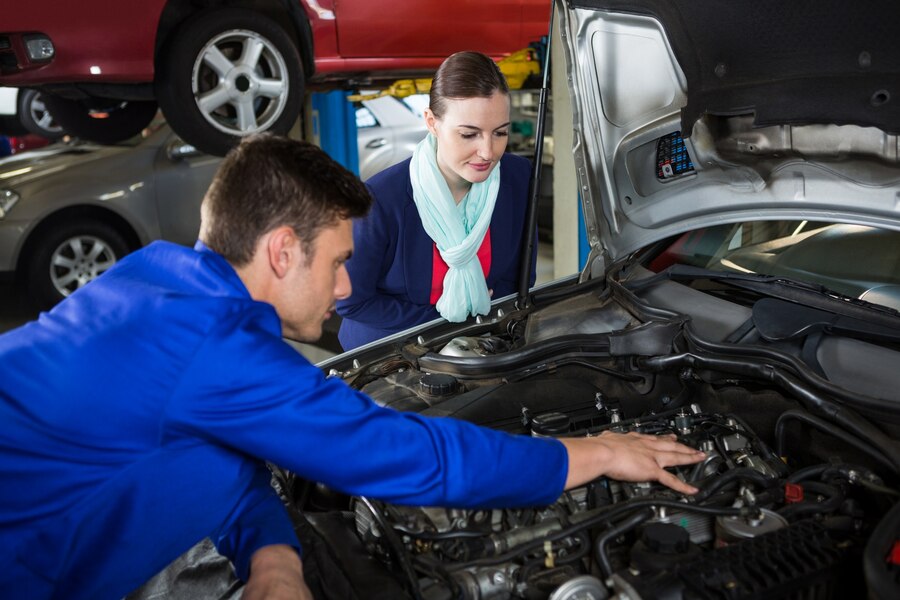
Lift the hood and inspect the engine for any signs of leaks, corrosion, or damage. Check the oil and transmission fluid levels and their condition – dirty or low fluid levels can be a sign of neglect. It’s also essential to inspect the brakes, steering, and other mechanical parts, or have a trusted mechanic do it for you, to ensure that everything is in good working order.
Read Also: What Do You Need To Know Before Buying A Used Car
5. Take A Test Drive
A test drive is crucial to get a feel for the car’s performance and to check for any issues that might not be visible. Pay attention to how the car handles, including braking, turning, and accelerating. Listen for any unusual noises, and observe if the car drives straight or tends to pull to one side, which could be a sign of underlying problems.
6. Review Safety Features
Check that the car’s safety features are all present and in good working order. This includes airbags, seat belts, anti-lock braking systems (ABS), electronic stability control, and any other advanced safety features the car may have. Ensure that there are no warning lights on the dashboard, and if there are, find out why they are illuminated.
7. Ask For Service And Maintenance Records
Request the service and maintenance records from the seller. These documents can provide a detailed history of what work has been done on the car, including routine maintenance and any repairs following accidents. A well-maintained car is less likely to have hidden issues that could lead to accidents.
8. Get A Professional Inspection
Before finalizing your purchase, it is highly recommended to have the car inspected by a certified mechanic. They can identify potential problems that you might have missed and provide an expert opinion on the car’s condition. This step can save you from costly repairs and safety hazards in the future.
9. Evaluate The car’s Current Safety Ratings
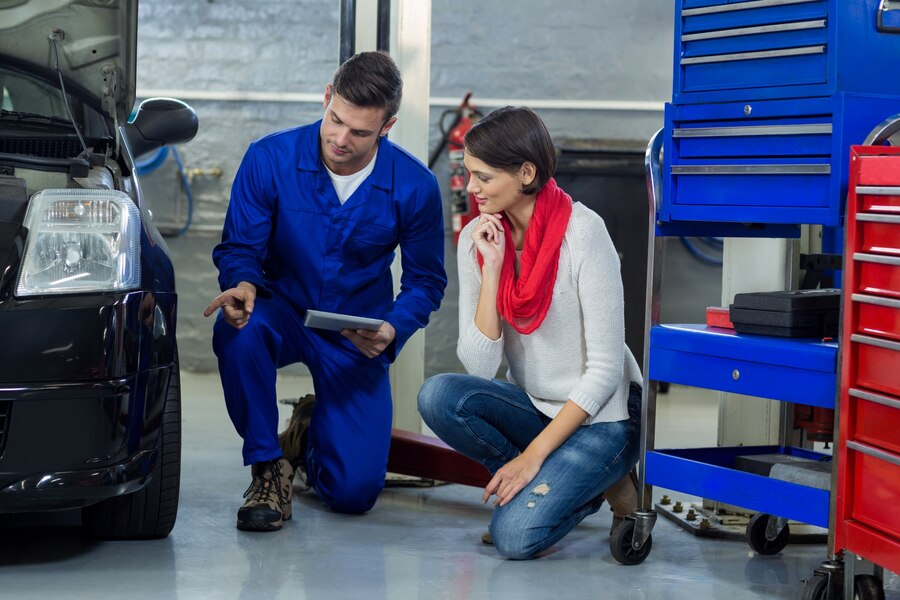
Do some research to find out the current safety ratings of the car model you are considering. Organizations like the Insurance Institute for Highway Safety (IIHS) provide ratings based on how vehicles perform in crash tests. A car that has high safety ratings is generally a safer choice.
10. Finalize The Deal Wisely
Once you are satisfied with the condition of the car and have decided to proceed with the purchase, make sure all the legal paperwork is in order. This includes the title, bill of sale, and any warranty documents. Read all the documents carefully before signing to ensure that everything is as agreed upon.
Buying a used car requires careful consideration, especially when it comes to safety and preventing potential accidents. By following this comprehensive checklist, you can significantly reduce the risks associated with purchasing a used vehicle. It’s about being diligent, thorough, and not hesitating to seek professional advice when needed. Remember, the goal is to find a reliable and safe vehicle that fits your needs and budget, without compromising on safety. With the right approach, you can drive away in a used car that offers peace of mind and a secure driving experience.
Additionals:
.










